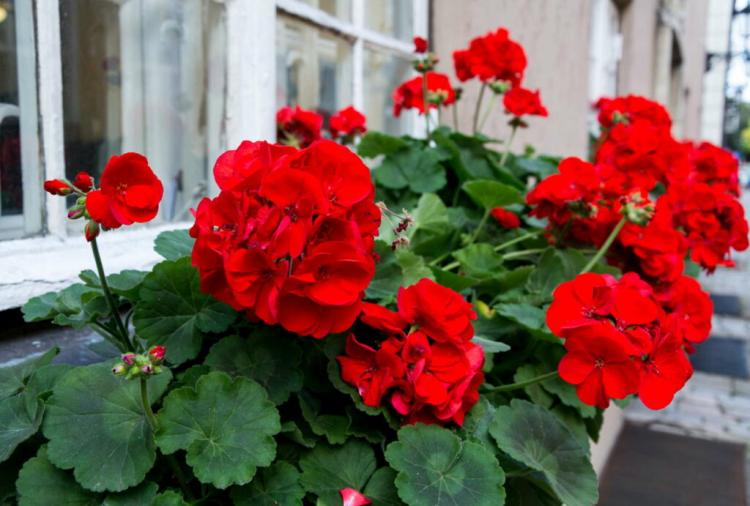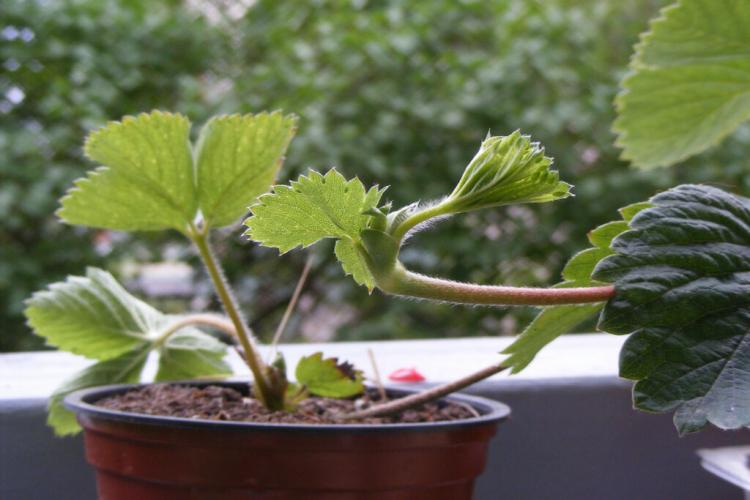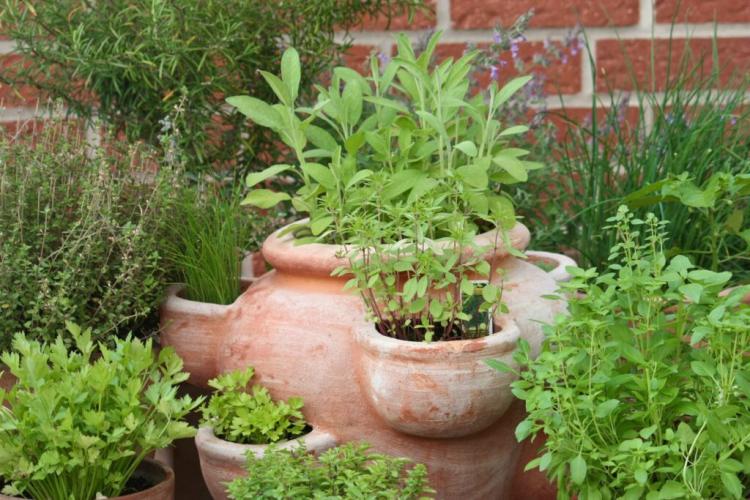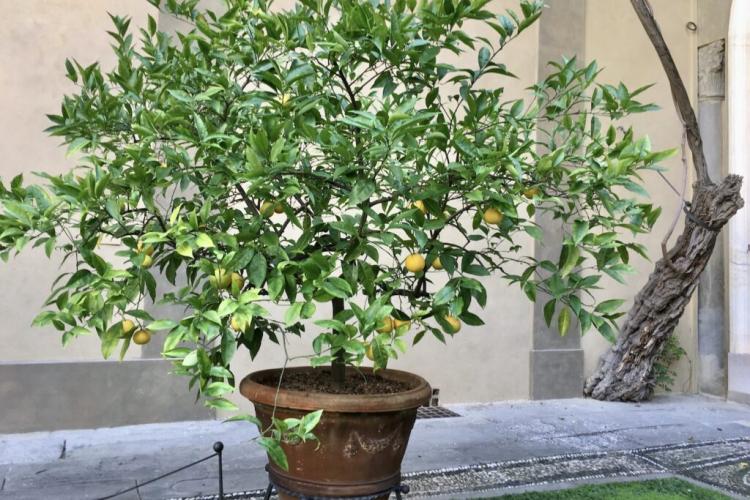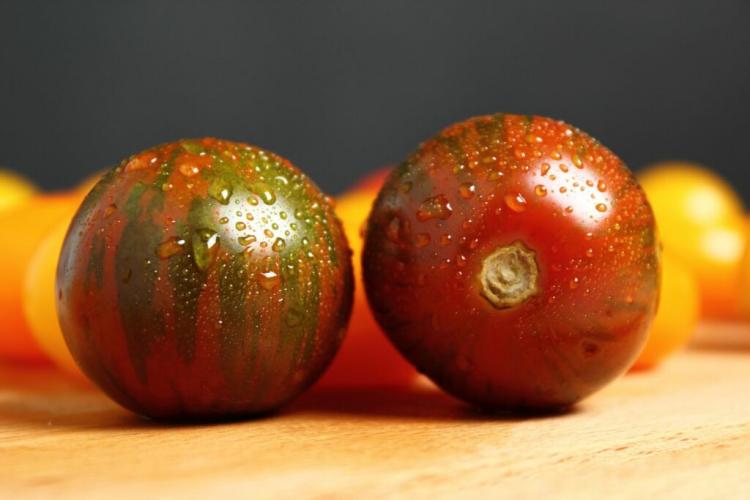Harvesting and storing tarragon correctly
With proper care, tarragon grows lush in your own garden. But how is the perennial herb properly harvested and stored?
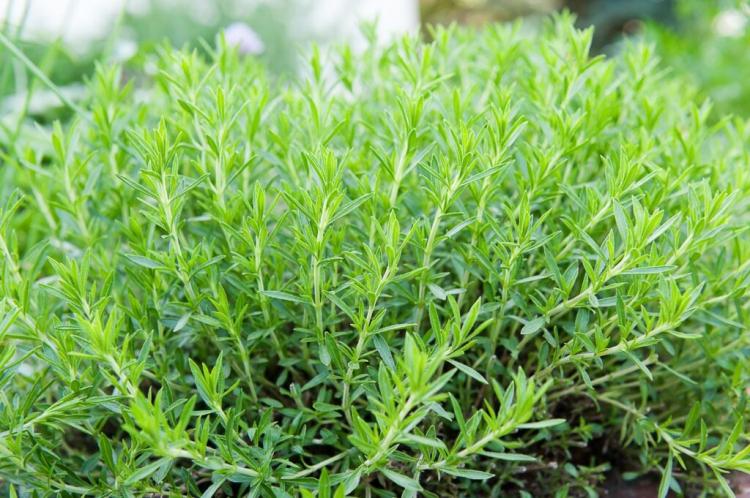
Tarragon should not be missing in the herb garden [Photo: Michal_R / Shutterstock.com]
Harvest tarragon properly
No matter which of the three varieties of tarragon ( Artemisia dracunculus ) is grown in your own garden – the harvest is always the same. The fresh, young shoots are cut to a length of 20 to 30 cm. This should be done before flowering if possible, as the flavoring ingredients are then most concentrated. It is best to harvest continuously and only part of the plant is harvested at a time. In this way, sufficient photosynthesis can be carried out via the remaining parts of the plant and energy can be generated for continuous growth. By cutting the shoots, flowering can also be delayed and the time window in which aromatic tarragon can be harvested can be extended.
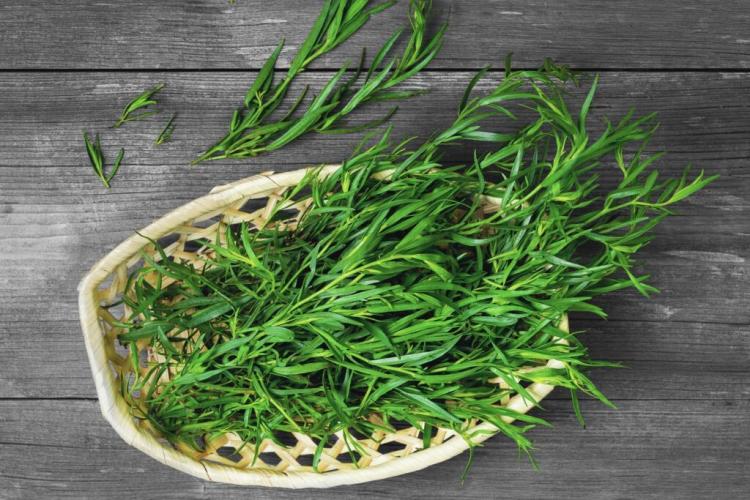
Tarragon is harvested before flowering [Photo: Sergey Fatin / Shutterstock.com]
Store tarragon properly
After the harvest, the question arises: what to do with all the herbs? Of course, tarragon is also best used freshly harvested. But especially during the harvest season, the desire goes away at some point if only it is seasoned with it. Fortunately, there are several ways to preserve the herb quickly but well:
- Dry tarragon
Like most herbs, tarragon can also be dried. However, this reduces the intensity of the aroma. However, if the leaves are plucked from the shoots before drying and dried in this way, the loss of taste can be reduced. - Freeze the tarragon
Tarragon can also be frozen and is available almost freshly harvested for months. The leaves are stripped from the stems and can best be frozen in ice cube molds with a little water. The tarragon ice cubes can then be conveniently used for cooking (conveniently portioned). - Put in tarragon
The shoots can also be soaked in vinegar or oil. The liquids then absorb the aromas of the spice and can be used, for example, for frying, salad dressings or marinades. It is important that the cut parts of the plant are completely covered in oil or vinegar so that no mold can form on the tarragon. The inserted shoots should be left to stand for at least two weeks to allow them to flow through properly.
Did you know that herbs have good and bad neighbors? We have summarized for you which herbs go well together and which don't.

